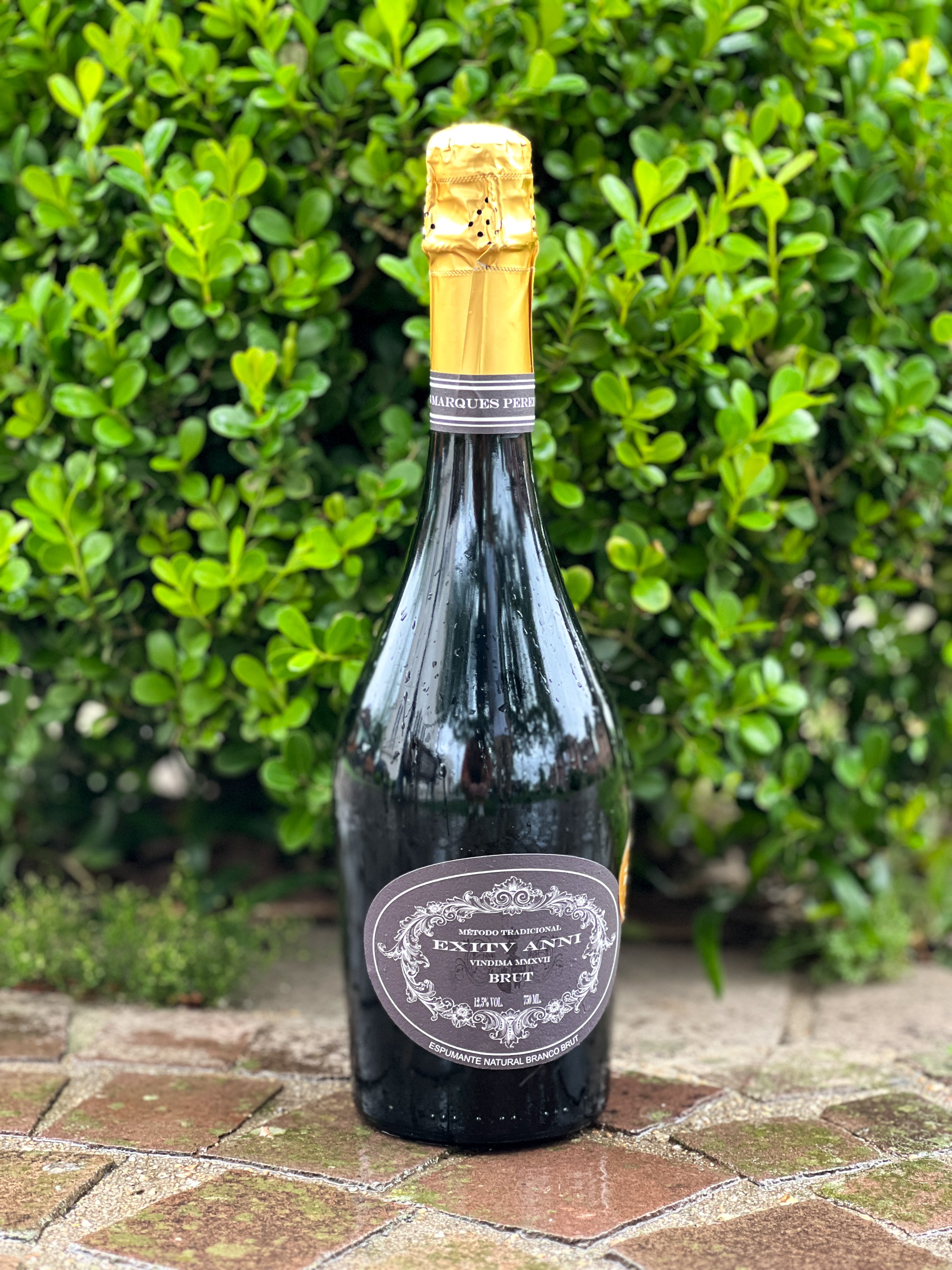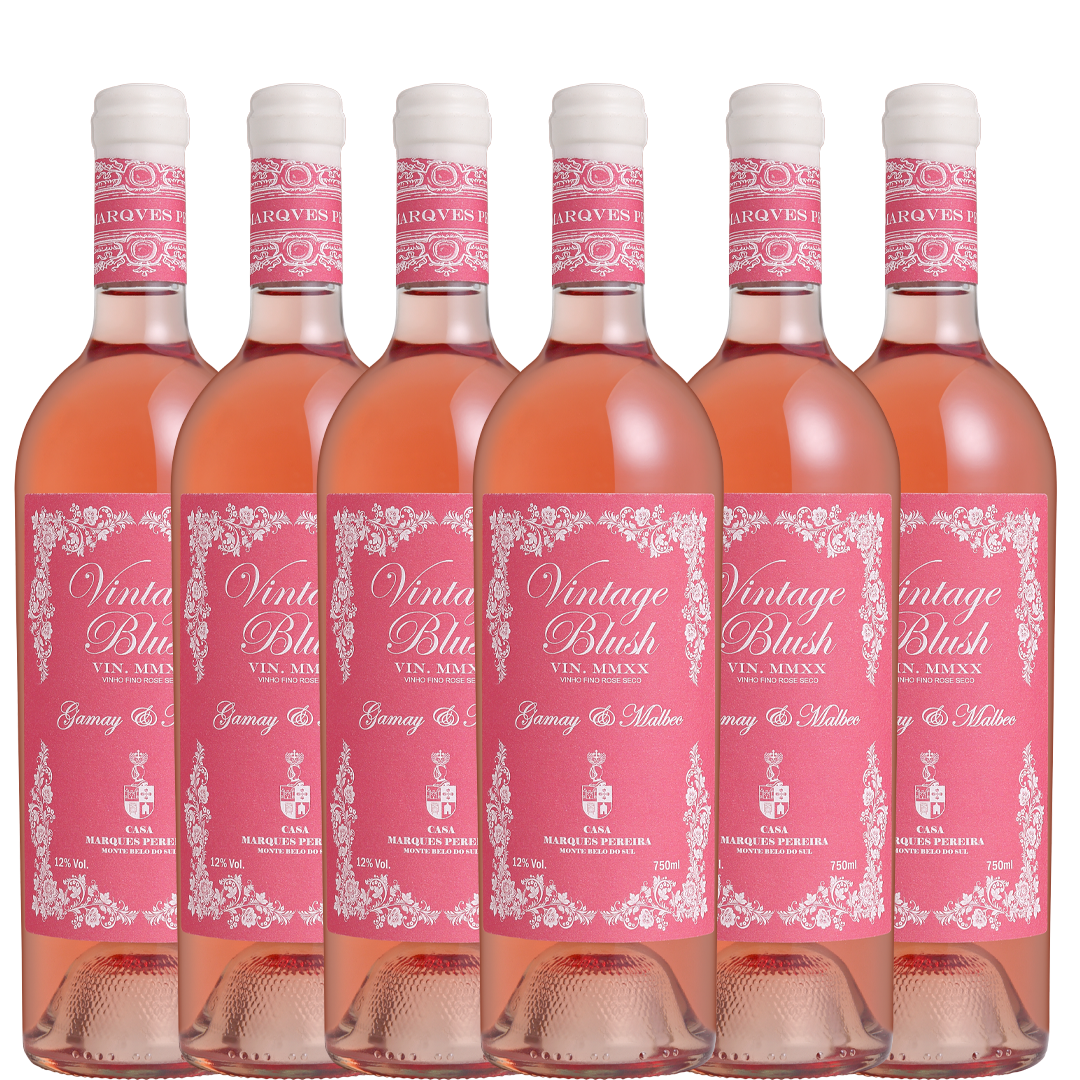Get to Know Your Wine: Cabernet Sauvignon
Spread throughout the world, a symbol of viticulture and loved by thousands of consumers. Everything you need to know about the queen of red grapes.
Over the past 60 years, the Cabernet Sauvignon grape has spread to virtually every grape-producing region in the world, helping to put countries on the wine map, and doing all this without losing its place in its birthplace and classic roots. This diffusion is largely due to its ease of adaptation to the most varied climates and soil and terrain characteristics without losing its distinctive flavors and aromas. Even the least experienced tasters can identify the characteristics of this wine due to its irreducible personality. When a wine has such evident notes, we say that it has typicity , that it possesses typical traits that will always be perceived, even when accompanied by other characteristics of the terroir where the grapes originally grew. The richness and depth of Cabernet Sauvignon wines can be explained by their very nature, since their grape has a resistant and thick skin, guaranteeing a large amount of phenolic compounds, that is, a lot of color, tannins , sugars and other fundamental elements for the elaboration of an intense, structured wine with great aging potential .
Despite its long reign in the world of wine, it is a relatively new grape variety, having emerged only in the 17th century, probably in southwestern France, as a happy accident of nature. Originally, it was thought to be a wild grape from that region, chosen by local winegrowers in search of more resistant and less demanding grapes. The true history of the variety was only revealed in 1996, when researchers at the University of California, Davis, sequenced its genome and revealed that this grape is the result of a spontaneous cross between the red grape Cabernet Franc and the white variety Sauvignon Blanc.
This unusual marriage gave rise to a very persistent grape with great potential for crossbreeding and the creation of new varieties adapted to the most diverse climates around the world. All this intensity allows this grape to be used in the production of varietal wines or blends with equally exceptional results, especially for wines intended for aging, given its great affinity for oak barrel aging.
The Coronation of the Queen of Paints
As soon as the Cabernet Sauvignon grape emerged in the Bordeaux region of France, it quickly became popular with winemakers due to its intensity and ability to accumulate a large amount of tannins and color in its thick skin, a sure sign that the resulting wine could age for many years. Naturally, producers soon tested its potential for aging in oak and, as a result, obtained an intense and very deep wine with complex and elegant aromas, capable of aging for years and even decades of full development.
Despite the great varietal wines produced, Cabernet Sauvignon gained widespread notoriety when combined with other local grapes to create wines that would later become a symbol of the traditional producing region. Its popularity soon reached neighboring countries, such as Italy, making its flavors a model for wine production.
The distinctive characteristics and relevance it gained in the Old World, combined with its adaptability and resilience, have made Cabernet Sauvignon the safest choice for developing diverse wine-growing areas in the New World, and, having weathered more highs than lows, it has reached almost 350,000 hectares of vineyards currently producing its fruit!
Notes and Harmonization
A very intense wine with pronounced flavors and aromas can showcase its natural characteristics while still being crafted to express the style of the winemaker who made it. By taking advantage of the ripening point with high levels of color and tannins, or good acidity when harvested a little earlier, it can result in wines that range from vibrant and fruity to very intense and structured wines with notes of evolution.
General Characteristics: Wines made with Cabernet Sauvignon typically exhibit moderate acidity and ripe, well-present tannins , with an alcohol content between 13 and 15% , largely due to their long maturation period. These characteristics pair very well with aging in oak barrels for 8 to 24 months , resulting in wines with great potential. These development stages ensure that the wine has an aging potential of 8 to 20 years .
Notes and Serving: The color of Cabernet Sauvignon wines is quite typical, with a ruby hue ranging from medium to intense. Their aromas depend on the winemaking style, but notes of pepper, currant, black fruit, cassis, chocolate, and even tobacco and graphite are common. It should be served in glasses with a wide bowl to facilitate aeration, and at temperatures of 15 to 18°C . Decanting for up to an hour is recommended, if possible.
Pairing: The intensity and good acidity make Cabernet Sauvignon wines excellent for pairing with fatty meats and rich, even spicy sauces . It pairs especially well with game meats, rack of lamb, and poultry such as duck. It also goes well with mature cheeses like Parmesan and Grana Padano .
Discover our two Cabernet Sauvignon wines.

















